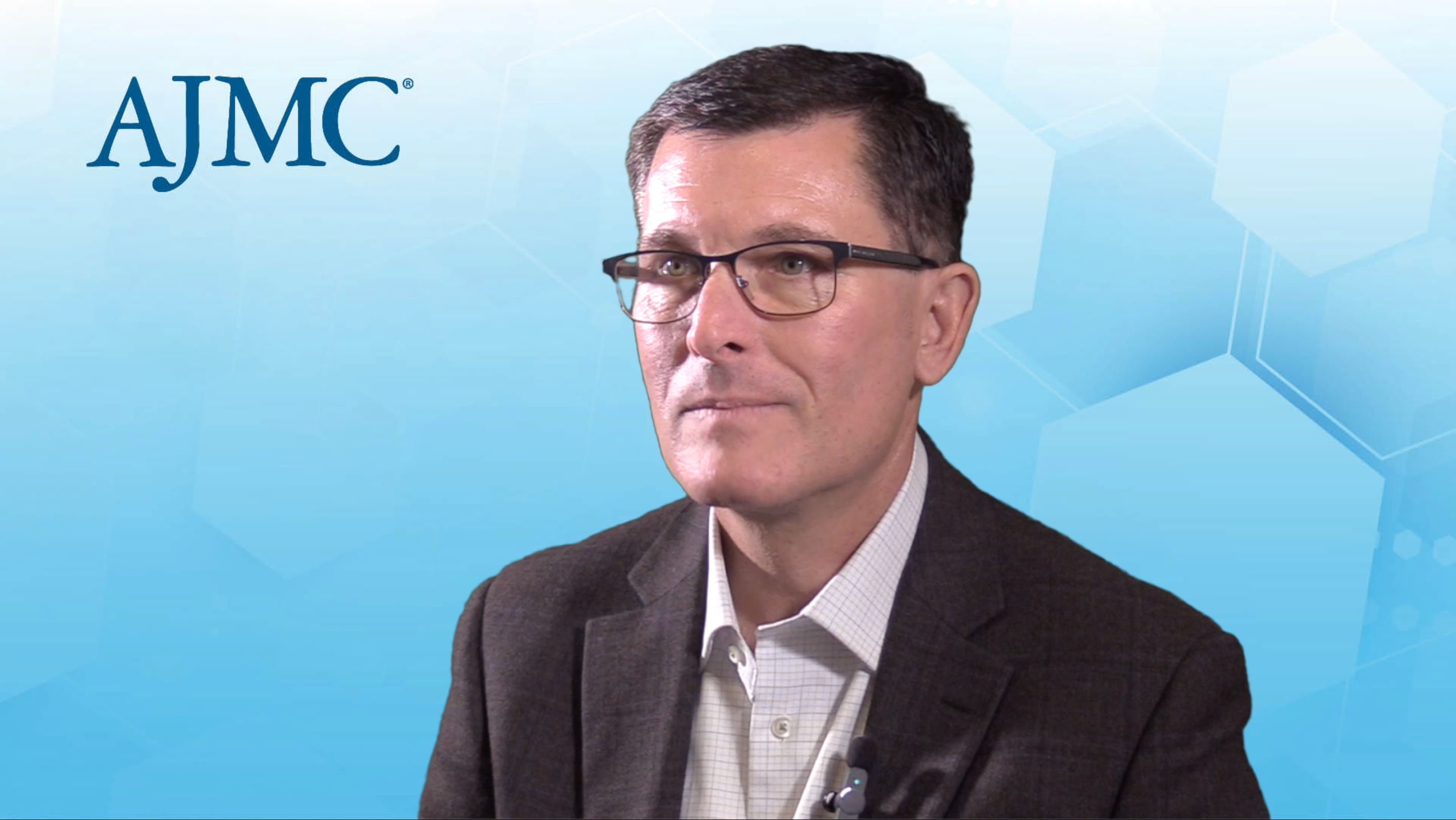Oncology illustrates the need for population health reimbursement models, with primary care intersections and addressing inequities, says Mike Koroscik, MBA, MHA, vice president of oncology, Allina Health and Allina Health Cancer Institute.
This transcript has been lightly edited for clarity.
Transcription
In your opinion, what are the critical success factors in establishing a population health reimbursement model within healthcare organizations, and what advice would you give to those considering such a partnership to promote value-based care in oncology?
As we move from volume to value to population health imperatives, oncology truly illustrates the direction we need to take. With its intersections of primary care, the need for screening, the fight against inequalities; with also the population health strategy and everything that we are working on. This must be our mantra.
For years, oncology programs have had clinical risk stratification programs, whether it was cardio-oncology, onco-rehabilitation and other elements. Now it’s time to get your money back. This helped create healthier results. In reality, we are now focused on this quintessential goal of population health; minimize variation in care; cope with the increase in the cost and total cost of care; to bring home these clinical risk stratification programs; and address all aspects of the oncology care continuum, from screening to survivorship and end-of-life aspects. Now is the time for systems to go to payers and large employers and talk about everything we’re doing to drive value and change our reimbursement mechanisms.
Can you share some awareness and engagement strategies used within healthcare organizations that have proven effective in expanding lung and other cancer screening programs? How can practices ensure that underserved populations have access to these screenings?
COVID-19 and some of the conflicts occurring in America; for me, it was in George Floyd’s house. So not only during the COVID-19 crisis, it has also highlighted the equity issues we have in cancer care.
And so, not only during the COVID-19 pandemic, we have been driven to increase our screenings well above what they were and to advance that, because it is also an imperative in the design of health Population. For example, lung cancer; it is our deadliest, but most expensive, type of cancer. And unfortunately, statistics show that we catch it far too late.
We have doubled down on early detection of lung cancer or lung nodules with primary care intervention, but also strong outreach to all underserved communities. If it’s in Minneapolis, for our Somali population, for the Native American populations as well; we want to make sure our outreach efforts reach everyone. We also promoted to the general public on billboards. We have come together with other health systems to promote lung screening, ensuring that we all share the updated guidelines released in 2022. I think lung cancer exemplifies the past and where we are headed We need to take screening as a primary care guideline to improve oncology and our population health imperatives.
#Mike #Koroscik #discusses #reimbursement #models #population #health #increasing #lung #cancer #screening
Image Source : www.ajmc.com

